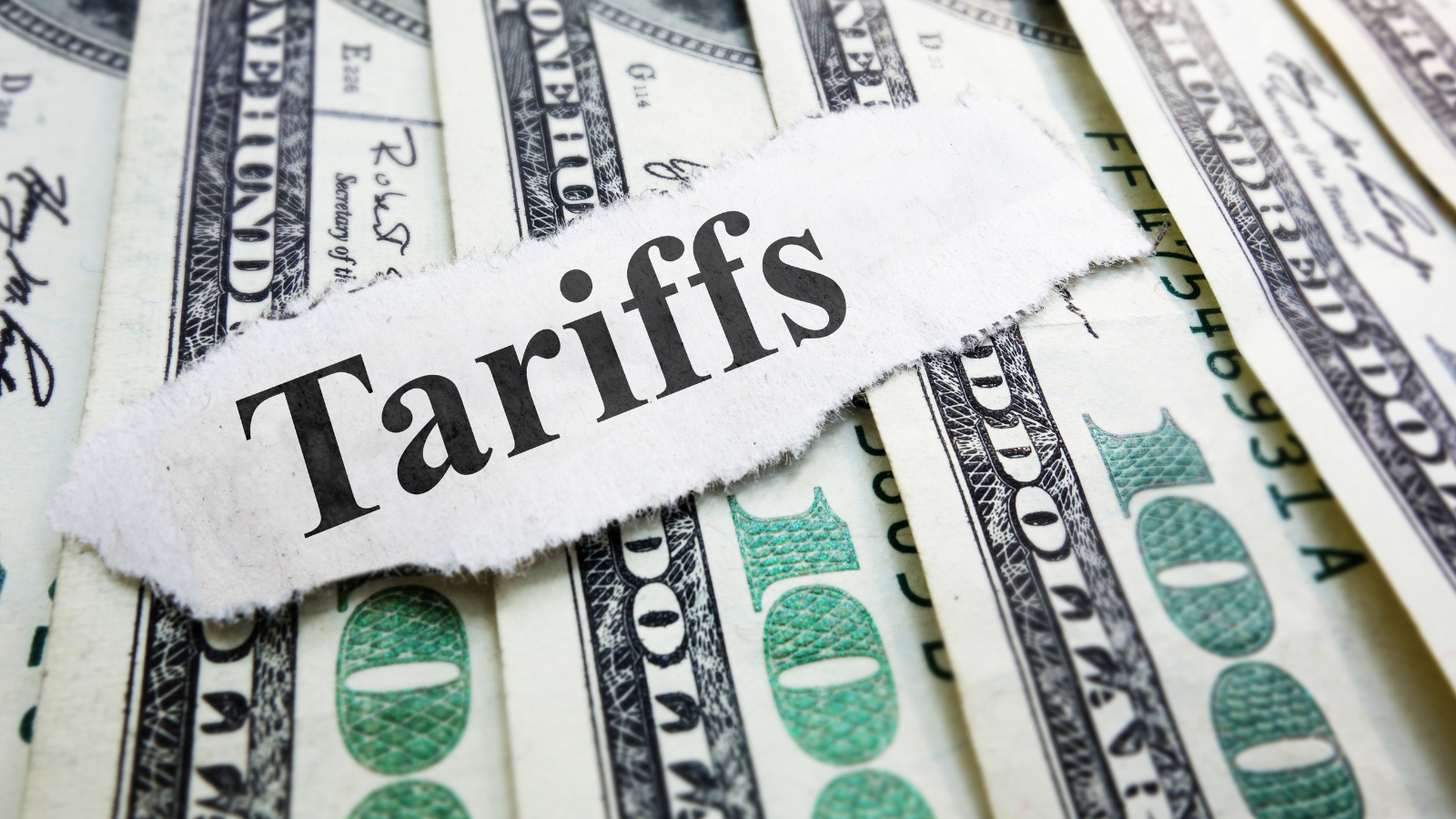The first weeks of President Donald Trump’s return to office have brought chaos to the United States. Elected on a promise to reduce inflation and bring grocery prices down, the president has instead taken action to increase them through tariffs on some of the country’s closest allies.
After days of news reports where information changed by the hour – tariffs were planned, then delayed, then going forward, then delayed again – there is little the American public can be sure about.
Trump has, at times, planned to impose 25% tariffs on imports from Canada and 25% tariffs on imports from Mexico. According to the BBC, he has paused the tariffs on America’s neighbors for 30 days, but, for the moment, is moving forward with additional duties on Chinese goods.
While there’s a lot up in the air regarding when these tariffs may take effect, most families likely have one question: how will this impact me? The uncertainty makes it hard to determine exactly what those impacts will be, but Fortune has estimated that American families may be paying more than $1,200 more per year.
Estimates vary. According to projections from The Tax Foundation, these tariffs could cost the average United States household about $830 per year. There’s potential for related job losses to reach 330,000 in the United States, causing a dip in gross domestic product and increases in inflation.
Other estimates predict the fiscal impact will be more expensive for American families. The Budget Lab at Yale University estimates the tariffs would cost the average household between $1,000 and $1,200 in annual purchasing power, according to the Associated Press, and businesses ranging from ice cream shops to medical product manufacturers are expected to pass additional costs on to consumers as a direct result of the tariffs.
The Peterson Institute for International Economics conducted a study and determined that, between tariffs and other Trump proposals, the average American household would lose more than $1,200 per year, with lower-earning households seeing higher cuts in their spending capacity.
It found that Trump’s previous trade war in the late 2010s led to U.S. customers spending more on imported items, not foreign exporters. Figures and costs could surge higher should a depressed American economy enter a recession, with the worst impacts compounding to hurt lower-earning households.
The BBC reported that specific items at increased risk of price hikes include cars, with an average price hike of $3,000, certain types of alcohol, housing and construction costs, avocados and other fresh produce grown in Mexico, and fuel prices. The latter point comes as Canada provides 61% of oil imported to the United States and American oil refineries rely on crude oil from both Canada and Mexico to properly process it into its final form.
Experts told CNN that gas prices would leap quickly due to the 10% tariffs on Canadian energy. They told the news source that higher costs of diesel gas could lead to consumers paying more for items as transportation costs increase. Should the impact of tariffs continue, they added, high gas prices in the summer would directly impact inflation; Connecticut, and New England, should expect gas prices to go up at least 20 cents.









